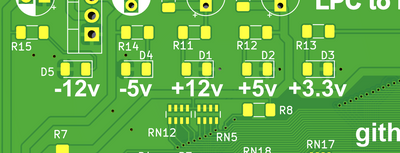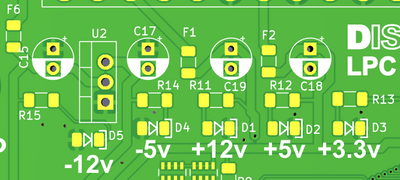Reply 220 of 511, by LSS10999
rasteri wrote on 2023-10-29, 13:40:I wrote code to just spam reads to every port below 400, after running your program. […]
I wrote code to just spam reads to every port below 400, after running your program.
I don't know what flavour of LPC sigrok's decoder expects but it sure ain't the LPC that any of my motherboards speak. So these are transcribed by hand, and there may be mistakes.
If the port doesn't appear in this list then it doesnt get forwarded to LPC at all.
2E-2F - not aborted -- SUPER IO4E-4F - aborted -- ISA BRIDGE60 - not aborted -- KEYBOARD62 - aborted64 - not aborted -- KEYBOARD66 - aborted7E - aborted7F - aborted80 - abortedEE - abortedEF - aborted200-20F - aborted220-28F - aborted290-297 - not aborted -- PART OF AudioPortEnable3?298--2ff - aborted300-308 - not aborted -- MIDIPortEnable0 PLUS A FEW MORE PORTS?309-3AF- - aborted3BC-3BF - aborted3E0-3F7 - aborted3f8-3ff - not aborted -- SerialPortEnable0I might try changing the address of the serial port in the BIOS to see if that causes a different range of ports to not be aborted.
Interesting... did you try this without running my program? I wonder if there are differences in aborting addresses before and after my configurations...

